
After 21 months of grinding combat, Russia’s offensive toward Pokrovsk has become one of the most closely watched battles of the war. Once a busy railway center in eastern Ukraine, the city is now a shattered stronghold, with only a fraction of its pre-war population remaining. But its capture would carry both strategic and political weight far beyond its ruined streets.
Pokrovsk’s fate is linked not only to the Kremlin’s need for a symbolic victory and Kyiv’s determination to bleed Russian forces but also to evolving tactics and technologies that reshape the battlefield. From infiltration raids, through drone dominance, down to battlefield air interdiction, and further to the politics of manpower, the fight here offers a telling snapshot of the war’s current phase-and its possible trajectory.

1. Pokrovsk’s Strategic and Political Value
Before the war, Pokrovsk was an important rail and road junction supplying Ukraine’s eastern front. Its fall would tighten Russian pressure on the Donetsk cities of Kramatorsk and Sloviansk, part of Ukraine’s so‑called fortress belt. Politically, it offers Vladimir Putin a chance to claim a high-profile success after months of attrition. Ukrainian MP Oleg Dunda told Newsweek that control of Pokrovsk could enable a siege of the fortress cities, while President Volodymyr Zelensky warned it would be used to convince Washington that Moscow is winning.

2. The Shift to Infiltration Tactics
Unlike the house‑to‑house battles of Bakhmut, the Russian forces in Pokrovsk have been relying on small three‑man assault groups slipping through the Ukrainian lines. Military analyst Kostyantyn Mashovets noted that these units strike drone operators and command posts before main forces move in. The number of such groups in the city, according to Ukrainian sources as cited by ISW, is around 100 every day, counting on at least one fighter per team to survive and establish a foothold.
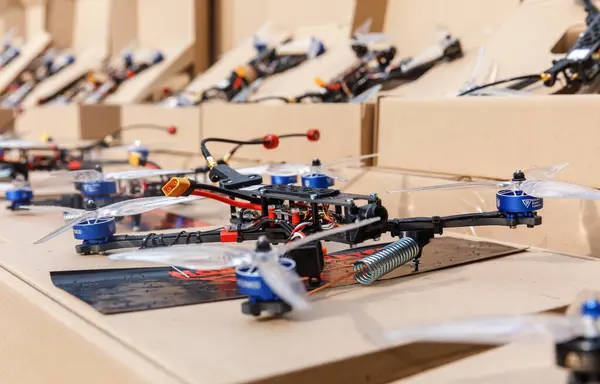
3. Fog, Weather, and the ‘Drone Wall’
Thick fog and autumn rains have degraded the effectiveness of Ukraine’s drones, long a critical offset to manpower shortages. A drone pilot from the 68th Brigade told the BBC that poor visibility has allowed Russian convoys on civilian vehicles to approach without being destroyed. ISW reports that in bad weather, up to 40 Russian troops can infiltrate at once-four times the number possible in clear conditions.
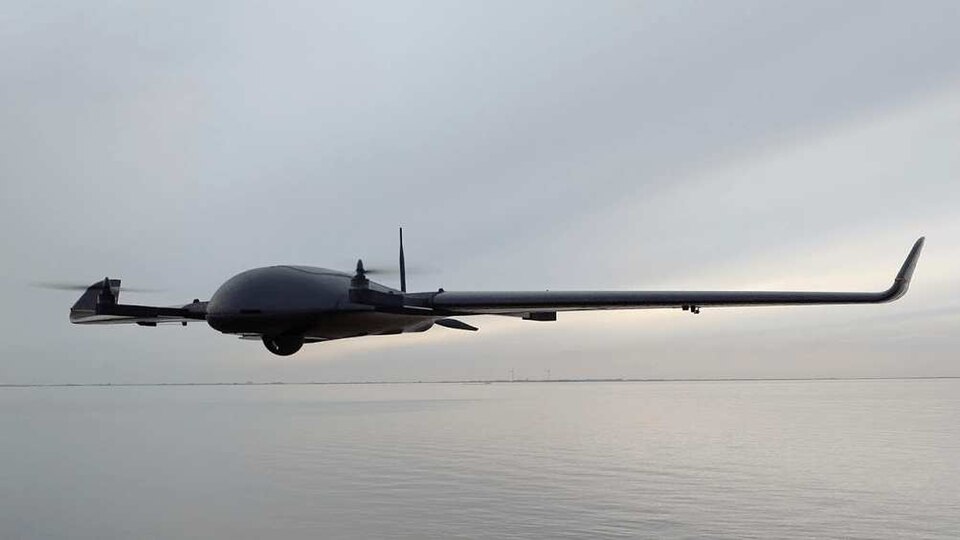
4. Battlefield Air Interdiction and Logistics Strikes
The Russian advances have been enabled by a months‑long battlefield air interdiction campaign targeting Ukrainian supply lines. Employing fiber‑optic‑controlled drones, glide bombs and Shahed‑type UAVs, Russian forces have struck bridges, highways, and rail hubs as far as 50 km from the front. This has forced the Ukrainian troops to disperse, walk long distances to the line, and avoid vehicle movement in the ‘kill zone’ within 20 km of the front.
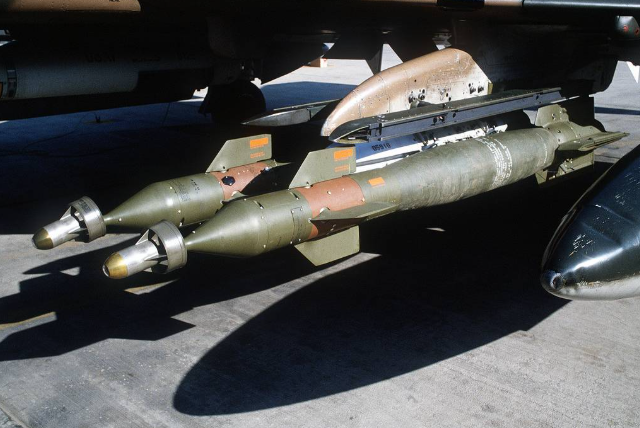
5. Role of Guided Aerial Bombs
In early November, Zelensky said that as much as half of all Russian guided bomb strikes focused on Pokrovsk. These munitions have extended‑range planning and correction modules fitted and have been used against fortified positions to disrupt Ukrainian logistics, which have supported infiltration efforts on the ground.

6. Urban Combat in a ‘City of Shadows’
According to military expert Ian Matvieyev, Pokrovsk is uncannily quieter compared with previous sieges few soldiers in the streets, no steady gunfire, and civilians living among unseen fighters. The two armies station their main positions 10 km from the city, relying on drones to maintain access control. Inside, small units fight block‑by‑block while avoiding detection.
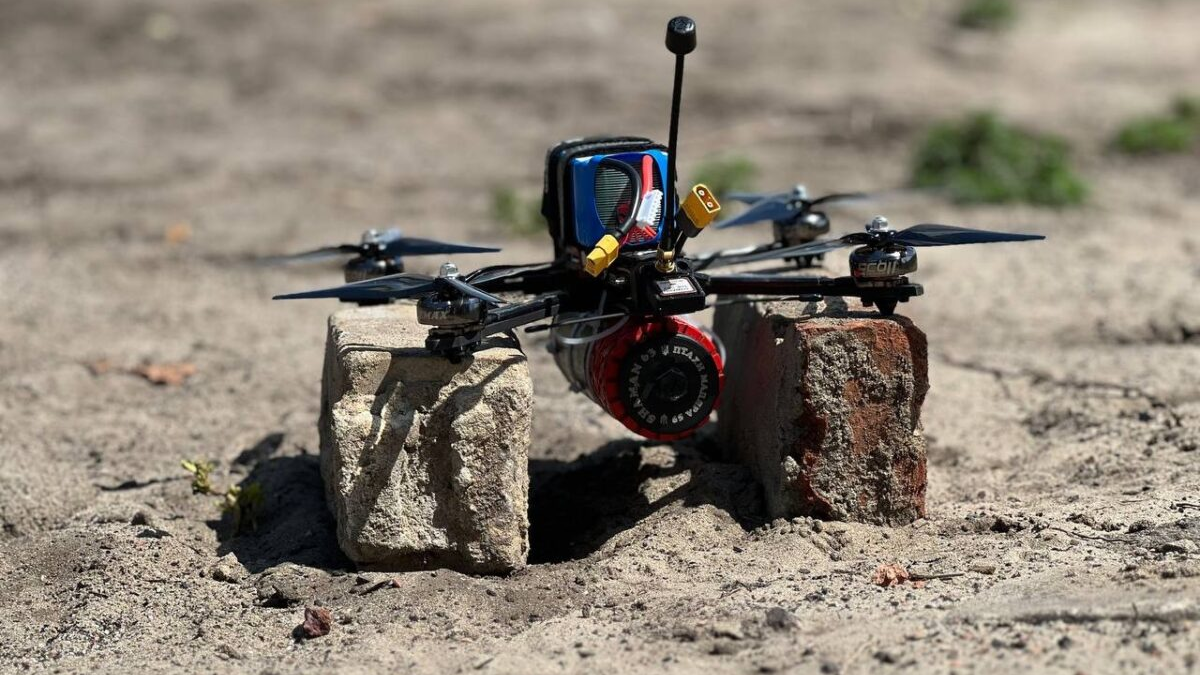
7. Ukrainian AI-driven drone adaptations
Ukraine has scaled up the use of AI-enabled FPV drones for reconnaissance, strike, and navigation. Because of modular designs, rapid reconfiguration for different missions is allowed, with autonomous navigation boosting strike success rates from 10-20% up to 70-80%. These systems are seen as crucial in countering Russian infiltration and restoring local air control.

8. Russian Manpower Pressures and Recruitment Shifts
With estimates of over a million casualties, Russia has needed to rely on high signing bonuses to recruit kontraktniki. However, regional payouts have been cut sharply-from millions of rubles down to the federal minimum-due to budget strain. Analysts suggest that the Kremlin is preparing rolling mobilisations of active reservists as a means of sustaining operations without a politically risky mass call‑up.
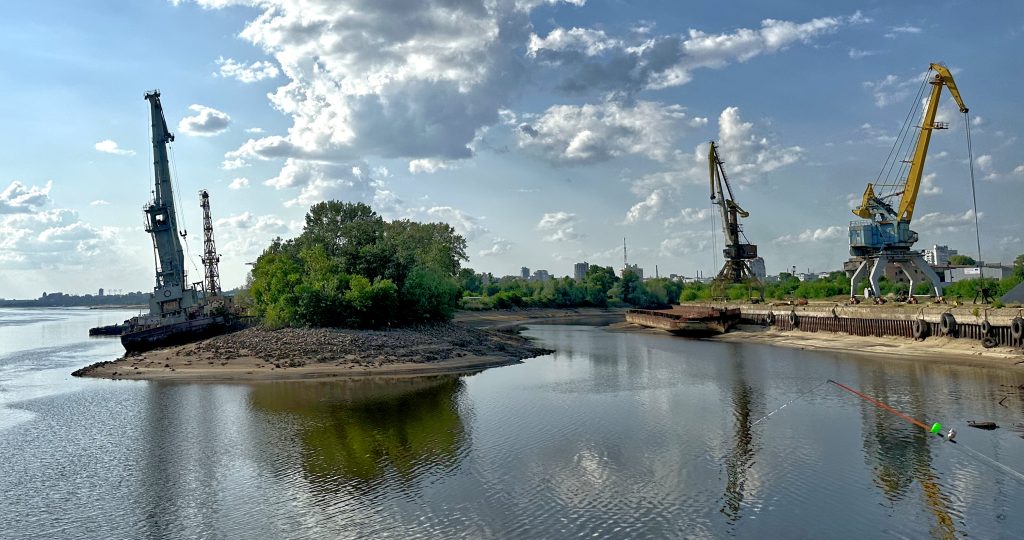
9. Forced Conscription in Occupied Territories
According to human rights groups, men in occupied Donetsk, Luhansk, Zaporizhzhia, and Kherson are being forced or pressured into Russian service. This is a war crime under international law, says the Crimean Human Rights Group, as in several cases in 2022, these unarmed conscripts were used as human shields.

10. Limits of Russian Offensive Capacity
ISW and British MoD assessments indicate that Russia committed an extraordinary concentration of manpower-up to 100,000 troops-to Pokrovsk, suffering enormous losses. Experts such as Michael Kofman have also said that while it is likely the city will fall, replicating such an effort elsewhere will be difficult and limit Moscow’s ability to achieve rapid follow-on gains.
The fight for Pokrovsk likely captures the defining characteristics of the war in late 2025 slow, attritional gains heavy reliance on drones and precision strikes interplay between battlefield tactics and political signalling. Whether its capture is remembered as a turning point or a costly symbol depends less on the city itself than on how both sides adapt in the months ahead.


